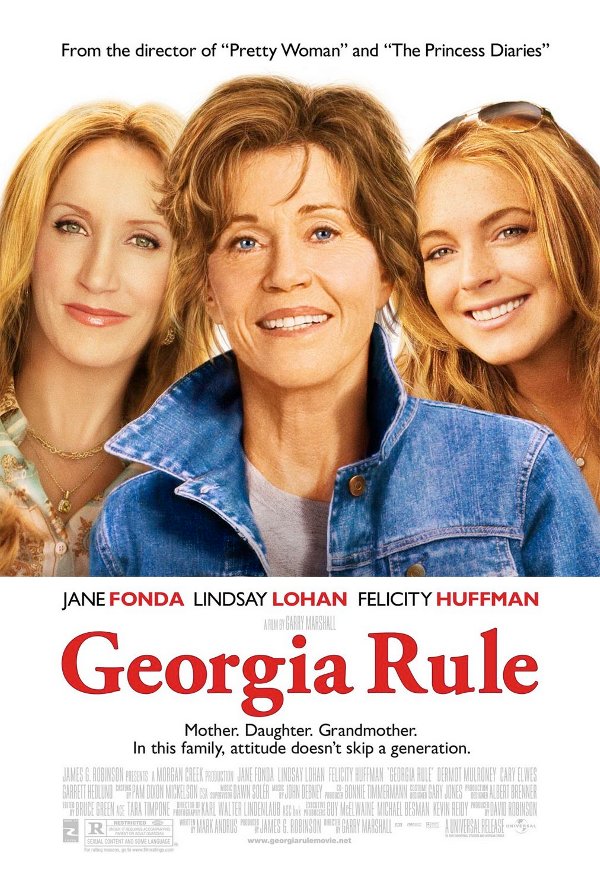Why are movie rules so important in today's film industry? A bold statement supporting this question is that without these regulations, the magic of cinema would lose its essence and structure. Movie rules serve as the backbone of the film industry, ensuring harmony between creators and audiences. They not only protect intellectual property but also uphold ethical standards that preserve the art form. As such, understanding and adhering to these guidelines is crucial for everyone involved in filmmaking or simply enjoying movies.
Movie rules encompass a broad spectrum of regulations designed to govern various aspects of filmmaking. These include content-related rules that dictate what can and cannot be shown on screen, production-related rules that outline safety measures during filming, and distribution-related rules that manage how films reach their audience. Each category plays a vital role in maintaining the integrity of the film industry while ensuring an enjoyable experience for viewers. By delving into these principles, we uncover the intricate balance required to create compelling cinematic experiences that resonate with diverse audiences worldwide.
| Category | Description | Examples | Reference |
|---|---|---|---|
| Content-Related Rules | Regulations governing the type of content allowed in films, including censorship guidelines and age ratings. | MPAA Ratings System, ESRB Guidelines | MPAA Film Rating |
| Production-Related Rules | Safety protocols and labor laws enforced during the filmmaking process to protect cast and crew. | OSHA Standards, SAG-AFTRA Agreements | OSHA Safety Regulations |
| Distribution-Related Rules | Regulations concerning how films are released and distributed across different platforms and regions. | Cinema Release Windows, Streaming Platform Licensing | Motion Picture Association |
The history of movie rules dates back to the early days of cinema when filmmakers first began experimenting with narrative storytelling. Over time, as the industry grew, so did the need for standardized regulations to address emerging challenges. For instance, the Hays Code introduced in 1930 set moral guidelines for American films, influencing content creation for decades. Today, modern regulations continue to evolve alongside technological advancements, addressing issues like digital piracy and global distribution rights.
Types of movie rules vary widely depending on their focus area within the industry. Content-related rules often involve censorship guidelines and age rating systems aimed at ensuring films are appropriate for specific audiences. Production-related rules emphasize safety measures and labor laws to safeguard those working behind the scenes. Meanwhile, distribution-related rules manage how films transition from theaters to home entertainment platforms, impacting everything from release schedules to licensing agreements.
Understanding these regulations is essential for anyone involved in the film industry. Filmmakers must remain aware of current guidelines to avoid potential legal pitfalls while delivering high-quality productions. Producers navigate complex negotiations involving budgets, contracts, and international collaborations, all influenced by existing rules. Even audiences benefit from adherence to these standards, which guarantee access to well-crafted, entertaining content tailored to their preferences.
As technology continues reshaping the landscape of cinema, future developments in film regulations will undoubtedly follow suit. Emerging trends such as virtual reality experiences and interactive storytelling demand new frameworks capable of addressing unique considerations not previously encountered. Moreover, globalization necessitates harmonization among national regulations, fostering collaboration across borders while respecting cultural differences. This ongoing evolution underscores the importance of staying informed about changes affecting the world of movies.
In conclusion, mastering movie rules represents more than mere compliance; it embodies commitment towards preserving the artistry inherent in filmmaking while meeting contemporary demands. By embracing established guidelines alongside innovative approaches, stakeholders contribute positively toward sustaining vibrant, inclusive communities centered around shared love for cinema. Ultimately, whether crafting blockbusters or independent features, observing proper procedures ensures longevity within this ever-changing field.
For enthusiasts eager to learn further details regarding particular subjects mentioned above, numerous resources exist online offering comprehensive analyses tailored specifically toward individual interests. Exploring authoritative websites dedicated solely to discussing relevant topics provides valuable insights beneficial for both personal enrichment and professional development alike.



